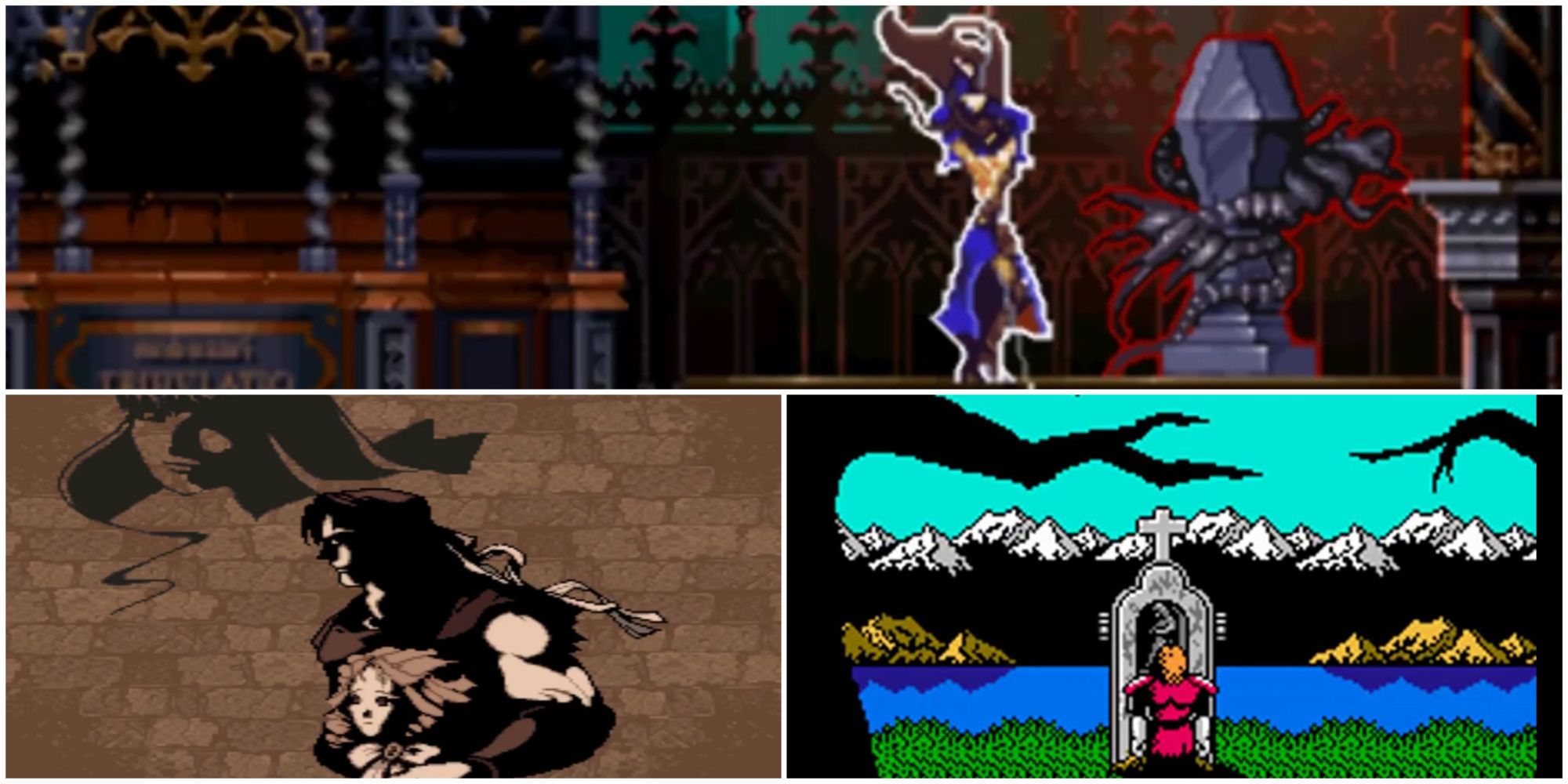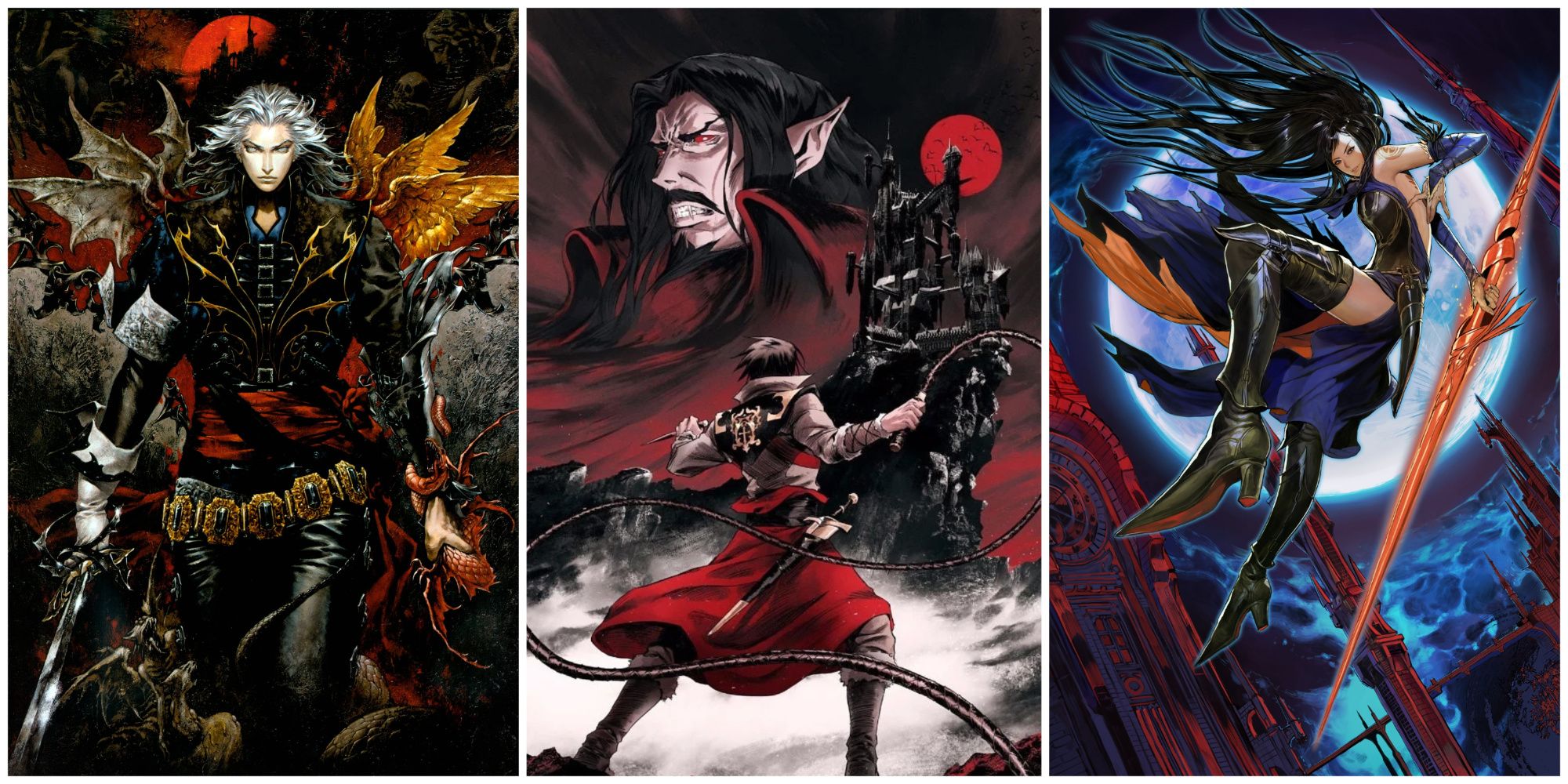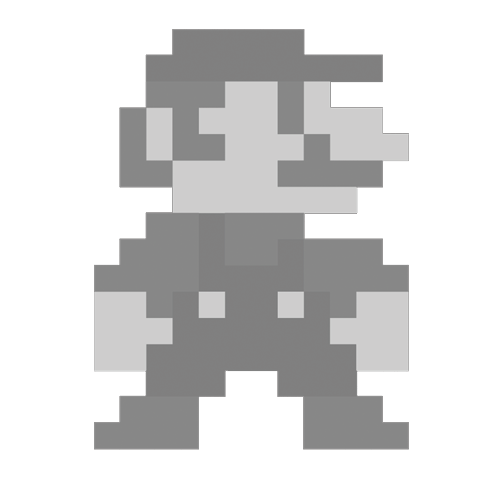Games
Best Handheld Castlevania Games That Still Hold Up

There have been several collections of the Gothic Konami action hit Castlevania in recent years, which has fans overjoyed. First, there was the large bundle of classics, Castlevania Anniversary Collection, followed by Castlevania Advance Collection. More recently, the bundle of unique DS games, Castlevania Dominus Collection has capped things off, reminding fans of how well this franchise can play on handheld.
4:33
Related
The Main Castlevania Timeline, Explained (In Chronological Order)
Table of Contents
Castlevania features an expansive, extremely confusing timeline, and we’re here to sort through it and make sense of Konami’s crazy story.
Konami may not be making new Castlevania games, but fans can rest assured most of the classics are (or likely will be) available in some fashion — and in better form than ever. A 3D collection is high on the list of things at least some diehards and series newbies want to see next. Some games naturally hold up better than others, so in celebration of Castlevania Dominus Collection, this list will highlight the portable entries that hold up the best; whether still trapped on handheld gadgets, or now able to thrive further on PC/home console.
Updated January 25, 2025 by Stephen LaGioia: While new Castlevania games remain scarce, the series lives on through other means — between the spiritual successor Bloodstained, Netflix series, and of course, alluring bundles that feature the 2D action series at its peak. After consuming this dark, thrilling, and imaginative content, gamers will likely wish to venture back in time and revisit (or encounter for the first time) the classic Castlevania games. And in an era where handheld gaming is on the rise (via mobile, Switch, and Steamdeck), many will specifically want to seek out handheld renditions of the franchise, which are still fun to play. Luckily, there are plenty to choose from.
9
Castlevania: Lords Of Shadow – Mirror Of Fate
A Fine Blend Of Old And New Castlevania
Following the journeys of the 11th-century knight and Brotherhood of Light member Gabriel Belmont, the Lords of Shadow trilogy is a self-contained reboot and spinoff of Castlevania. While it’s not as esteemed as many classic entries in the franchise, the action romp filled a niche in the Xbox 360 and PS3’s libraries — but especially the Nintendo 3DS.
Specifically, Mirror of Fate, the second of this trilogy, found its way to 3DS in 2013, and received generally good reviews from fans and critics alike. This underrated entry is regarded for its nice blend of more traditional Castlevania action and Metroidvania progression and exploration. The 2.5D aesthetic works well here; allowing for a classic style while giving a more modern visual flair, and engrossing gamers deeper into the Gothic atmosphere, further amplified by a terrific soundtrack.
Action is dialed back a bit in this one, but this is made up for by the great presentation, solid mechanics, and a slew of fun, unique weapons (as well as characters) to play with. This version also takes advantage of the dual-screen feature, displaying an easily digestible map system that helps when it comes to backtracking — and the sprinkling of Metroidvania traits in general.
8
Castlevania 2: Belmont’s Revenge
A Surprisingly Ambitious Effort On Game Boy
While it’s easy to view much of the green and yellow, brick Game Boy’s material as being rather dated — and this partly includes the Castlevania debut on the handheld — this isn’t quite the case for this sequel. The game draws upon the strengths of its predecessor, and the series at large, while expanding just enough to craft a more compelling experience.
Unlike the first Game Boy entry, this follow-up utilizes sub-weapons by way of holy water and axes, adding a bit of depth and more of that Castlevania feel. While just a handful of stages exist, each proves surprisingly dense, with distinct biome themes (plant, crystal, and earth, to name a few), and can be tackled in any order a la Mega Man.
The game also just plain looks and plays sharper than the ’89 debut. The satisfying action and rewarding progression are still here, but the game also brings a sense of freedom and nuance rarely seen in early Game Boy games.
7
Kid Dracula (Game Boy)
Alucard Goes On A Whimsical Adventure
Kid Dracula is a sequel/remake port to the NES game of the same name. It literally stars Dracula’s son, Alucard, but as a more mischievous child compared to the more adult version found in Castlevania: Symphony of the Night.
It’s a 2D action platformer with Alucard having the innate ability to throw fireballs at enemies. It’s not as intricate as some other portable Castlevania experiences, but it’s still a blast to play thanks to the jolly music, cute aesthetics, and tight controls.
While it may seem a bit silly and whimsical for Castlevania, this distinct motif works on the more humble hardware of the Game Boy. It also makes for an amusing novelty in the Castlevania Anniversary Collection.
6
Castlevania: Circle Of The Moon
The GBA’s First Metroidvania
Castlevania: Circle of the Moon is the first (and one of the best) 2D Metroidvanias to follow Castlevania: Symphony of the Night. Fans of the previous game had to wait from 1997 until 2001 to experience this spiritual sequel. Instead of Alucard, players controlled Nathan who inherited the whip-cracking abilities of the Belmont clan.

Related
10 Darkest Endings In The Castlevania Games, Ranked
The Castlevania games introduce some terrifying repercussions if players manage to achieve the “bad” endings.
Players could still level up and equip Nathan with gear like in Castlevania: Symphony of the Night, but Nathan’s only weapon was that whip — unlike Alucard who could equip many varied weapons. Players could collect cards from monsters that could then be infused into their whip. For example, one could give the whip thorns in Castlevania: Circle of the Moon. Nathan’s movements quite literally start slow, but after acquiring boots, players can run around more easily — thus making the game more playable.
5
Castlevania: Harmony Of Dissonance
The Belmonts Are Back In Style
- Released
-
September 16, 2002
Castlevania: Harmony of Dissonance returns the Belmont clan to prominence with Juste. Like Nathan, he could only infuse his whip with abilities taken from monsters. From fire powers to the ability to spin the whip around, players could find various uses for the whip.
Leveling up and equipment gathering returned as well and Juste overall had more of a speed and cadence akin to Alucard and Castlevania: Symphony of the Night. It was a big upgrade over Castlevania: Circle of the Moon especially since players at the time complained that the GBA’s screen did not light that game well. Castlevania: Harmony of Dissonance perhaps course corrected too much and made the game garishly vibrant at times which helps it stand out at least.
4
Castlevania: Aria Of Sorrow
A Futuristic Setting Taking On Old Horrors
Castlevania: Aria of Sorrow was the final entry in the series on the GBA. It was, and still is, the most distinct game because it takes place in the future, and has a quasi-sci-fi feel. Soma, a student, happens upon Dracula’s Castle reappearing in Japan and is then tasked with trying to solve its mysteries.
Castlevania: Aria of Sorrow gave players the ability to once again equip several weapons from deadly swords to long spears — like Alucard could in Castlevania: Symphony of the Night. Soma can also learn abilities from monsters for sub-attacks, like throwing bones from a skeleton. It was a high note to end with the GBA, so much so that it helped summon a direct sequel.
3
Castlevania: Dawn Of Sorrow
A Rare Direct Sequel
There aren’t many direct sequels in the Castlevania series. The franchise tends to jump around timelines much like The Legend of Zelda series. Castlevania: Dawn of Sorrow is a rare sequel directly following Castlevania: Aria of Sorrow, and sees the return of Soma.
It was the first entry on the DS and was ultimately a refresh of ideas from the previous game — but enhanced thanks to DS’ dual screens and touch controls. Soma could collect weapons and monster abilities again with the neat concept of upgrading gear via monster souls. It also used touch controls a bit to open doors or seal bosses away, for example. Back to back, these two Soma games rank among the top-tier entries for fans.
2
Castlevania: Portrait Of Ruin
Two Vampire Hunters Are Better Than One
Castlevania: Portrait of Ruin was the second game in the series released on the DS, and brought forth some interesting ideas. Instead of one hero, players could control two via Jonathan and Charlotte. They could swap between them on the fly or summon both to fight side by side, adding some depth and strategy to the formula.

Related
10 Strongest Castlevania Protagonists in the Games
Castlevania games feature tons of protagonists from noted vampire hunters to Dracula’s son. So who ranks as the strongest Castlevania protagonist?
Players could also command one character to stay still while another character moves to solve a puzzle, adding a unique dynamic to map progression. Both played differently, with Jonathan using a whip and sub-weapons like throwing knives, while Charlotte used books and monster magic. Gamers could hop around levels using paintings on the walls, giving the locations a fresh coat of paint frequently.
1
Castlevania: Order Of Ecclesia
The Last True 2D Metroidvania In The Series
This epic Castlevania stars Shanoa, a gifted warrior facing the many forces of evil. She can absorb various Glyphs from monsters. Glyphs grant her abilities like a magnetic pole that can launch her around the screen. In essence, Glyphs are how players can obtain weapons and this entry allows players to equip two weapons at once so that they can create some fast combos. Some weapons, of course, pair better than others.
Castlevania: Order of Ecclesia was the last 2D Castlevania game of the Koji Igarashi era of Konami, who was the longtime Castlevania series producer. The term ‘Igavania’ is closely associated with these portable entries, and occupies the same line of thought as the Metroidvania term. Igarashi went on to Kickstart the spiritual successor series, Bloodstained.
6:31
-featured-image.jpg)
More
The Best Vampire Games (That Aren’t Castlevania)
Castlevania might be the most iconic vampire gaming series out there, but it’s not the only one.
-
Entertainment3 weeks ago
CES 2025: Exhibitors, dates, ticket prices, and everything else you must know
-
Entertainment3 weeks ago
CES 2025: The Electric Salt Spoon is the weirdest thing at CES
-
Entertainment3 weeks ago
CES 2025: Anker’s solar beach umbrella is a must have for the ultimate geek summer
-
Entertainment3 weeks ago
Everything Nvidia announced at CES 2025
-
Games4 weeks ago
Hilarious Red Dead Redemption 2 Compilation Highlights Inexperienced Gamer's First Few Hours
-
Games4 weeks ago
Marvel Rivals Player Pulls Off Ridiculous Winter Soldier Play
-
Entertainment4 weeks ago
Apple, Tesla, Spotify: The tech announcements that never happened in 2024
-
Games4 weeks ago
The Best Vampire Dating Sims, Ranked

























